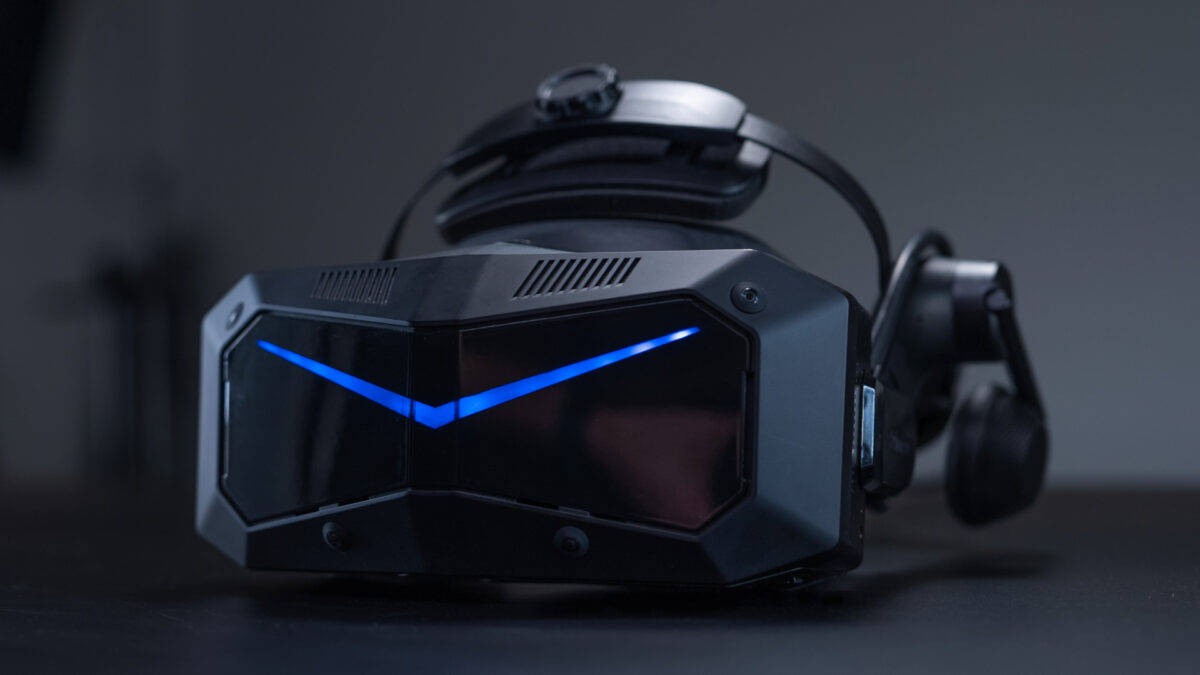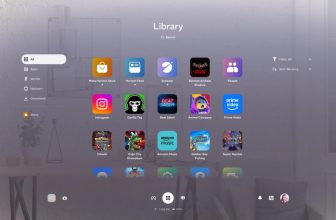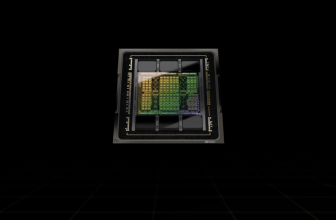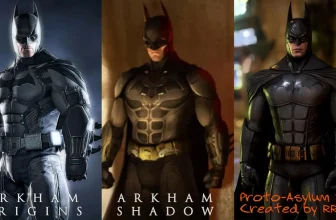
Pimax is rolling out updates to its tracking technology and sharing new shipping timelines for the Crystal lineup.
At Pimax Connect 2025, the VR company unveiled several updates, with the biggest news for current Crystal owners: hand tracking is coming soon. Pimax expects to launch hand tracking as a beta in Q3 2025, covering the Crystal Light, Crystal Super, and Dream Air series.
There’s also movement on delivery for the Crystal Super with 50PPD optics. Devices have already started shipping as of April, and Pimax says all pre-orders should be fulfilled by June. The 57PPD optics version is scheduled for release in Q2. Meanwhile, the Micro OLED variant — equipped with the same Sony panels as the Dream Air — is set to ship at the start of Q3, priced at $1,199.
Looking ahead, Pimax announced the 60G Airlink module, now planned for Q3 2025. The wireless module, originally targeted for 2024 at $299, has faced several delays.
Dream Air models expand Pimax’s VR lineup
Beyond the Crystal series, Pimax used Connect 2025 to spotlight updates for the Dream Air headsets and introduce a new model: the Dream Air SE. Both models feature micro OLED displays and pancake lenses. The SE version offers a lower resolution — 2560 × 2560 pixels per eye — compared to the standard Dream Air’s 3840 × 3552 pixels.
Shared features on the Dream Air models include integrated audio, SLAM tracking, and hand tracking. Both also incorporate Tobii eye-tracking for foveated rendering, improving graphics performance.
The Dream Air SE is priced at $1,199 for the SLAM version with inside-out tracking and controllers, while the Lighthouse version without controllers comes in at $899. The regular Dream Air starts at $1,899 for the Lighthouse version and goes up to $2,199 for the SLAM edition. Shipments for both models are now scheduled for Q3 2025.







